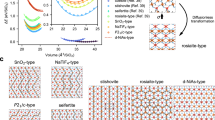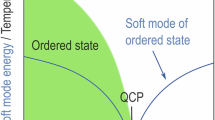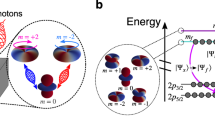Abstract
THE true and the apparent resistivities of some dielectrics have been found by S. W. Richardson (Proc. Roy. Soc., A, 92; 1916; 107; 1925), one of the writers (the paper is now in the press at the Tôhoku Imperial University), and others. The apparent resistivity of quartz under a certain constant applied potential increases rapidly with time and then gradually tends to a saturation value after about 30 minutes for quartz plate cut perpendicular to its optical axis. (The resistivity is measured by conducting charge through dielectrics under various applied potentials, and the time means the duration of the application of a constant potential.)
This is a preview of subscription content, access via your institution
Access options
Subscribe to this journal
Receive 51 print issues and online access
$199.00 per year
only $3.90 per issue
Buy this article
- Purchase on SpringerLink
- Instant access to full article PDF
Prices may be subject to local taxes which are calculated during checkout
Similar content being viewed by others
Author information
Authors and Affiliations
Rights and permissions
About this article
Cite this article
SAEGUSA, H., SHIMIZU, S. Anomalous After-Effect with Quartz. Nature 123, 713–714 (1929). https://doi.org/10.1038/123713b0
Issue date:
DOI: https://doi.org/10.1038/123713b0



